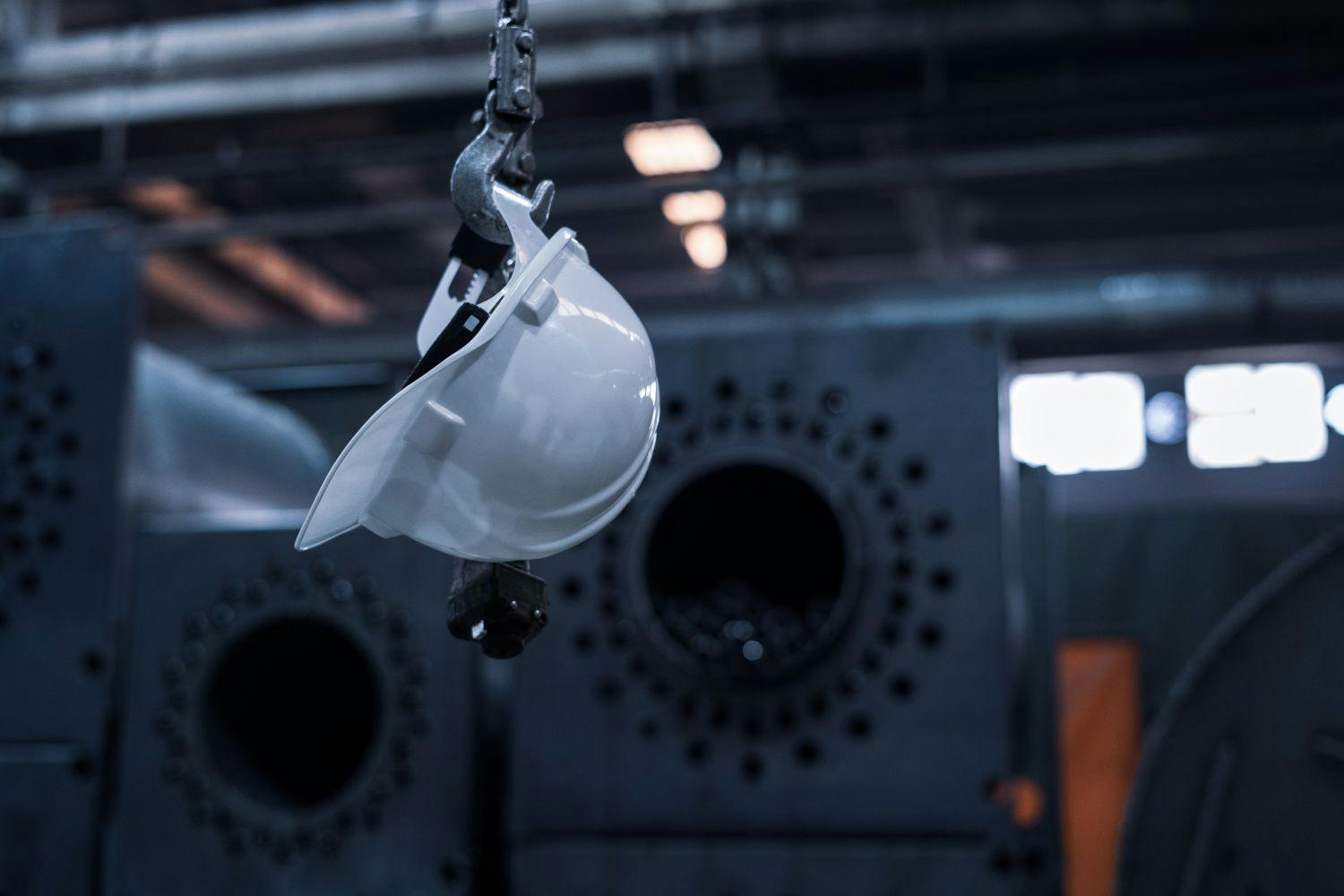First published on Tuesday, November 10, 2020
Last updated on Wednesday, September 24, 2025
Jump to section
- Understanding the basics of health and safety systems
- HSMS vs ISO 45001: Understanding the Difference
- Key components of a health and safety management system
- Why you need a health and safety management system?
- Common Implementation Challenges and Solutions
- Discover software for the management of your health and safety
If you’ve ever wondered how businesses keep their employees safe while ensuring smooth operations, a health and safety management system (HSMS) is likely at the heart of it.
Understanding what an HSMS is and how it works is essential if you're responsible for safety in your business. As an employer, you have a legal duty of care for the health, safety and wellbeing of all workers under UK health and safety regulations.
Of course, it doesn’t all fall on your shoulders but under UK health and safety regulations the ‘duty of care’ for the health, safety and wellbeing of all workers is your responsibility.
That's why health and safety management systems can be the backbone of any business. So, let’s get into what an HSMS is and how having one for your business can help.
Understanding the basics of health and safety systems
A health and safety management system is a structured framework that helps businesses identify, manage, and mitigate risks associated with workplace hazards. Think of it as your organization’s blueprint for creating and maintaining a safer work environment.
This systematic approach goes beyond accident prevention, it ensures compliance with legal requirements, industry standards, and company policies while fostering a genuine culture of safety.
Without proper guidelines, workplace safety becomes reactive rather than proactive. An HSMS transforms your approach from “dealing with problems as they arise” to “preventing problems before they occur.”
HSMS vs ISO 45001: Understanding the Difference
Many businesses wonder whether they need an HSMS or should pursue ISO 45001 certification. Here’s the key distinction:
Health and Safety Management System (HSMS):
• Flexible framework tailored to your specific business needs
• Can be implemented without external certification
• Focuses on practical safety management for your organization
• More cost-effective for smaller businesses
ISO 45001:
• International standard requiring third-party certification
• Structured framework with specific requirements
• Provides global recognition and credibility
• Ideal for larger organizations or those requiring certification for contracts
Both follow the Plan-Do-Check-Act (PDCA) cycle, but ISO 45001 has more rigid documentation requirements and audit processes.
Key components of a health and safety management system
To grasp the full scope of a health and safety management system, you should familiarise yourself with its key components. These components work together to ensure that risks are managed effectively:
An effective HSMS consists of five interconnected components that work together using the PDCA methodology:
1. Policy and Commitment (Plan)
Your health and safety policy forms the foundation of your HSMS. This documented commitment must:
• Clearly state management’s dedication to employee safety
• Be communicated to all staff members
• Align with your business objectives
• Be regularly reviewed and updated
Expert tip: Your policy should be visible throughout the workplace and referenced in employee onboarding.
If you need help creating your health and safety policy, our health and safety advice features provide customisable templates and 24/7 access to health and safety experts.
2. Planning (Plan)
This stage involves:
• Risk Assessment: Systematically identifying workplace hazards
• Objective Setting: Establishing measurable safety goals
• Resource Allocation: Determining necessary tools, training, and personnel
• Legal Compliance: Ensuring adherence to current regulations
Legal requirement: UK law mandates that all employers conduct risk assessments for their business operations.
BrightSafe includes over 600 HSE-compliant risk assessment templates and tools for creating safe work method statements.
3. Implementation (Do)
Transform your plans into action through:
• Procedure Implementation: Putting safety protocols into daily practice
• Employee Training: Ensuring all staff understand their safety responsibilities
• Communication: Creating clear channels for safety-related information
• Documentation: Maintaining records of all safety activities
4. Measurement and Evaluation (Check)
Monitor your system’s effectiveness through:
• Regular safety inspections and audits
• Incident tracking and analysis
• Employee feedback collection
• Performance metric reviews
• Compliance monitoring
Key Performance Indicators (KPIs) to track:
• Number of incidents per month
• Training completion rates
• Time between inspections
• Employee safety suggestion uptake
5. Review and Improvement (Act)
Continuous improvement ensures your HSMS evolves with your business:
• Quarterly system reviews
• Policy updates based on new regulations
• Process refinements from lessons learned
• Technology upgrades and improvements
Why you need a health and safety management system?
Implementing an HSMS delivers benefits across three critical areas:
Moral Responsibility
Protecting your employees’ wellbeing is fundamentally the right thing to do. Every worker deserves to return home safely each day.
Legal Compliance
UK health and safety regulations require employers to:
• Provide safe working conditions
• Conduct regular risk assessments
• Provide appropriate training
• Maintain health and safety records
Business Benefits
A well-implemented HSMS delivers measurable returns:
• Reduced insurance premiums through lower incident rates
• Increased productivity from confident, engaged employees
• Lower staff turnover due to improved workplace satisfaction
• Enhanced reputation with customers and suppliers
• Reduced legal costs from fewer workplace incidents
Discover how much your business could save with professional health and safety management
Ready to start saving? These aren't just projections, they're based on real outcomes from over 100,000 businesses using BrightSafe.
Common Implementation Challenges and Solutions
Challenge 1: Employee Resistance
Solution: Involve employees in the development process and clearly communicate the benefits to them personally.
Challenge 2: Resource Constraints
Solution: Implement the system gradually, focusing on high-risk areas first, and utilize cost-effective digital solutions.
Challenge 3: Maintaining Momentum
Solution: Set short-term milestones, celebrate successes, and regularly communicate progress to all stakeholders.
Discover software for the management of your health and safety
Get total peace of mind with BrightSafe—your all-in-one health & safety solution. Benefit from online health and safety software designed to streamline your health and safety management process from start to finish.
Everything you need to create a safe working environment and tick off compliance is available, from risk assessments and near-miss reporting to providing CPD-accredited safety e-learning courses for your staff and more. So, there’s no need to create your own health and safety management system because BrightSafe is the complete system.
What's more, with 24/7 access to expert health and safety advice over the phone, you're never alone in ensuring a safe working environment.
See BrightSafe in action by speaking with one of our software experts. Book a free demo today!
Have a question?
Ask away, we’ve got lightning fast answers for UK business owners and employers powered by qualified experts.

